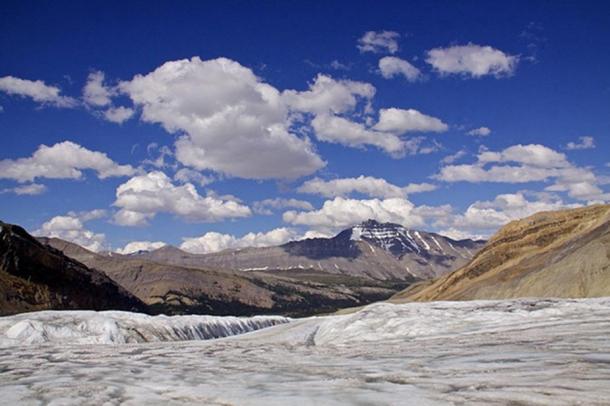

| Online: | |
| Visits: | |
| Stories: |

| Story Views | |
| Now: | |
| Last Hour: | |
| Last 24 Hours: | |
| Total: | |
Why do Ice Ages occur? A New Paradigm Shift on a Prehistoric Problem

Why do ice ages occur? Surprisingly, even after many decades of paleoclimatic research we simply do not know for sure. Most scientists will agree that ice age cycles have something to do with precession: the slow wobble of the axis of the Earth.
The ancient Egyptians and Greeks knew of precession and called it the Great Year, because it gives warm and cool seasons over its approximate 23,000-year cycle. But there is a problem with invoking the Great Year as the regulator of ice ages, because we should really get an interglacial warming every 23,000 years or so. And we don't—they only happen every fourth or fifth Great Year.
Warming and Cooling
But why should the global climate give a selective response to orbital warming and cooling (called 'forcing' in the climate trade)? This is one of the great unknowns of modern science. Many suggestions have been made, from interstellar dust blocking sunlight to the weight of the ice sheets depressing the lithosphere and warming the ice. And yet all of these theories share one thing in common: they stretch credulity.

The Athabasca Glacier is one of a handful that makes up the Columbia Icefield in Jasper, Alberta, Canada. An Ice Age relic, the ice is 10,000 to 15,000 years old. (CC BY-NC-SA 2.0)
www.Ancient-Origins.net – Reconstructing the story of humanity’s past
Source: http://www.ancient-origins.net/opinion-guest-authors/why-do-ice-ages-occur-new-paradigm-shift-prehistoric-problem-005683


